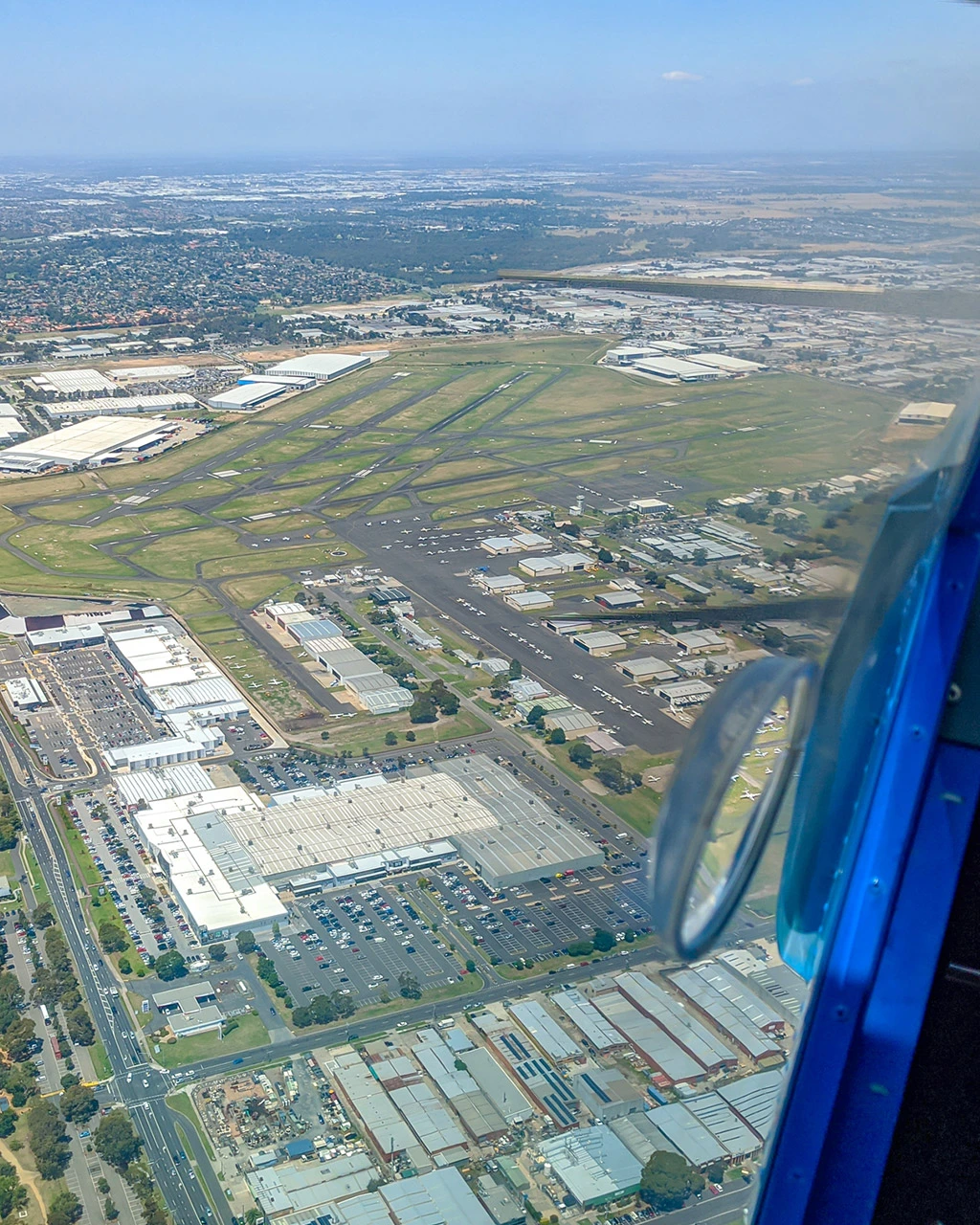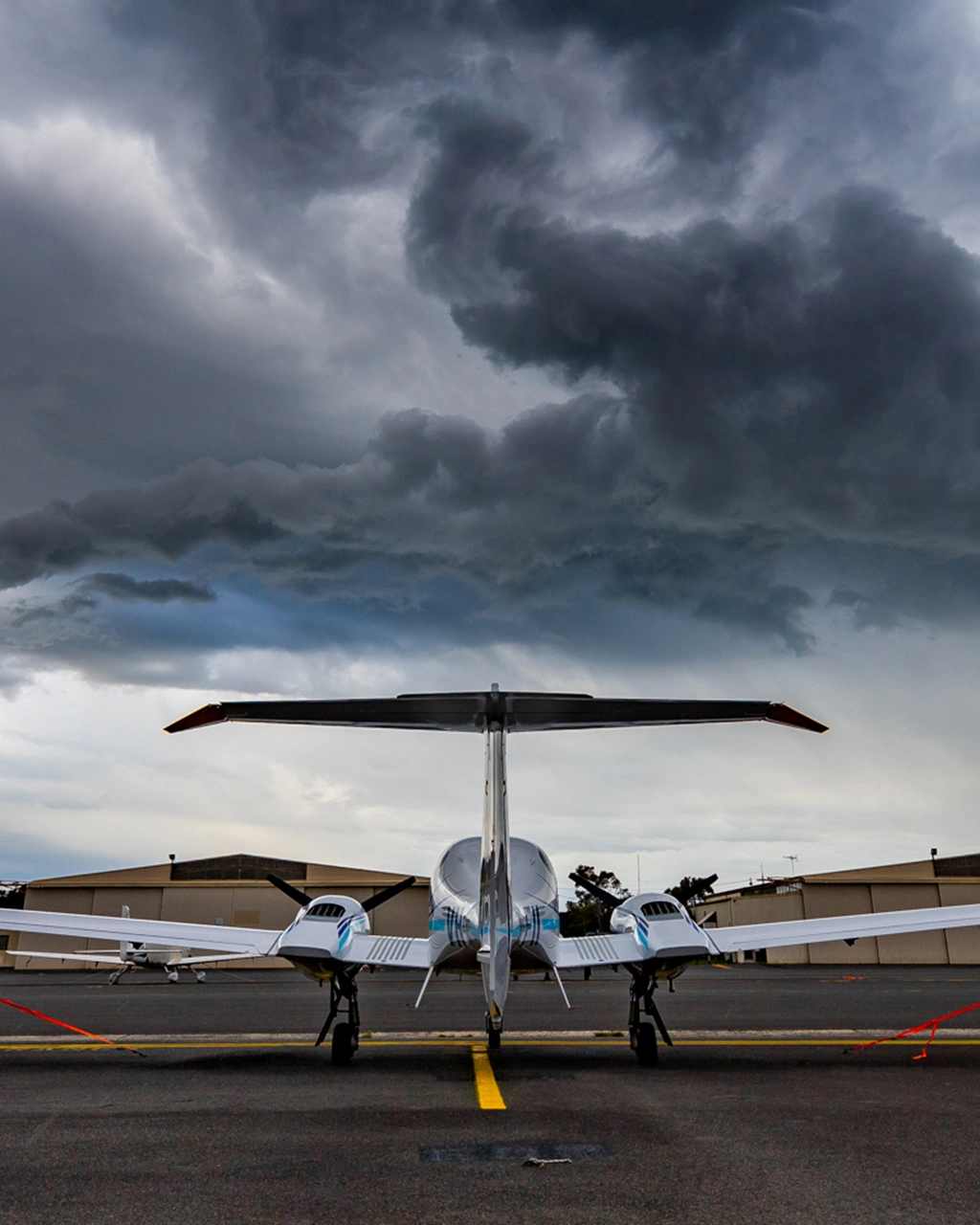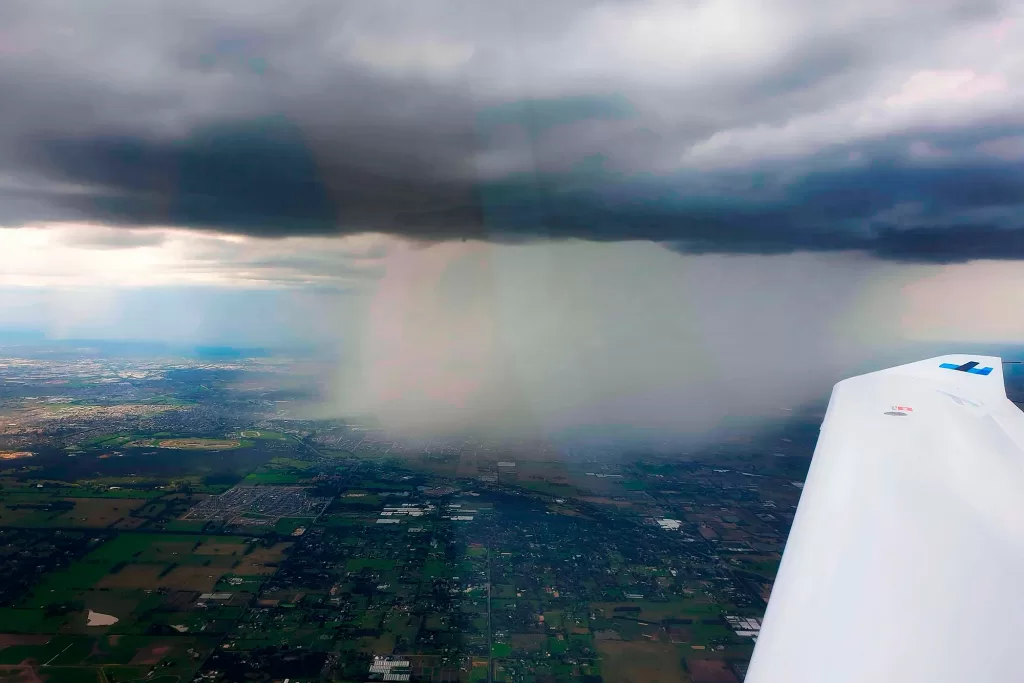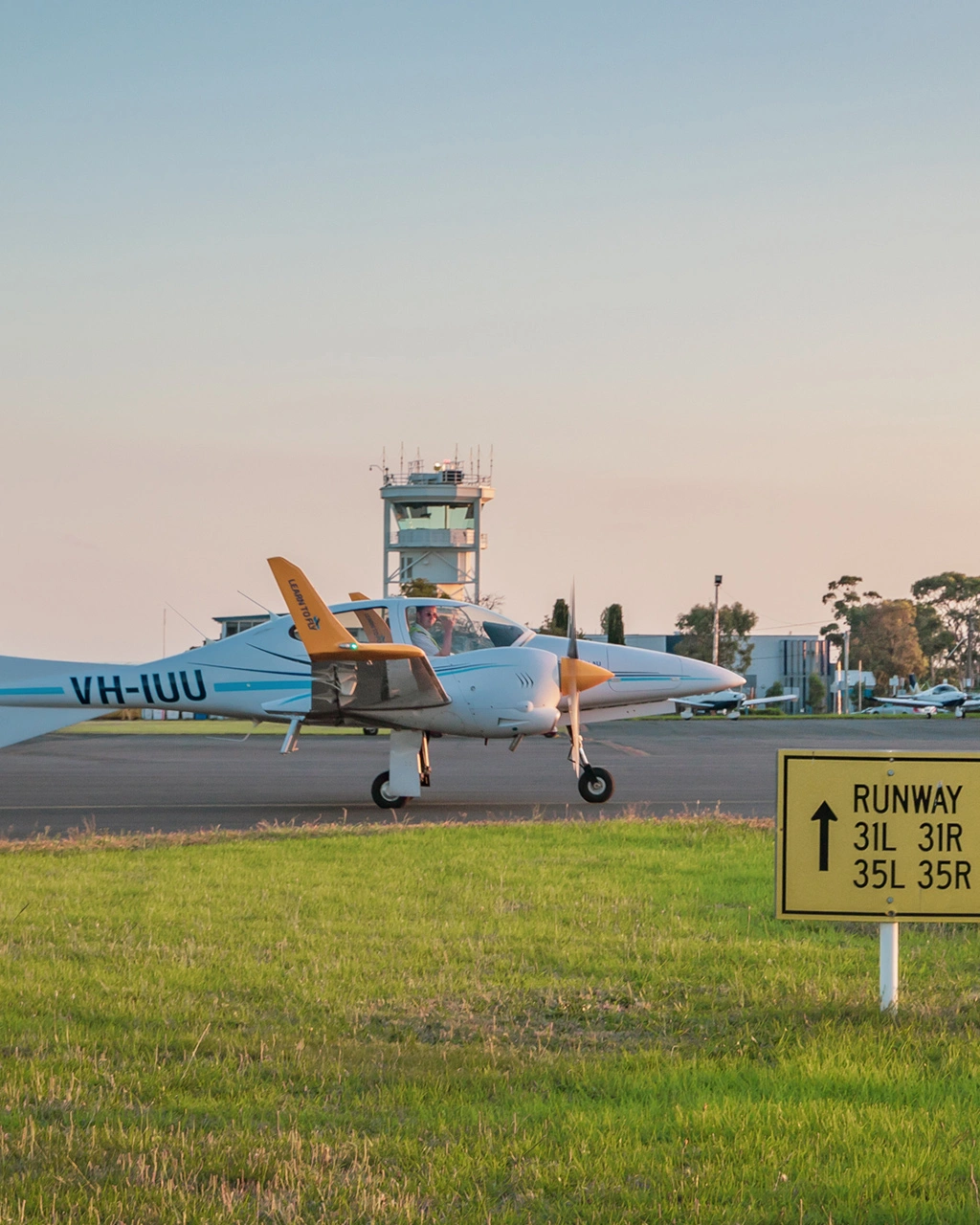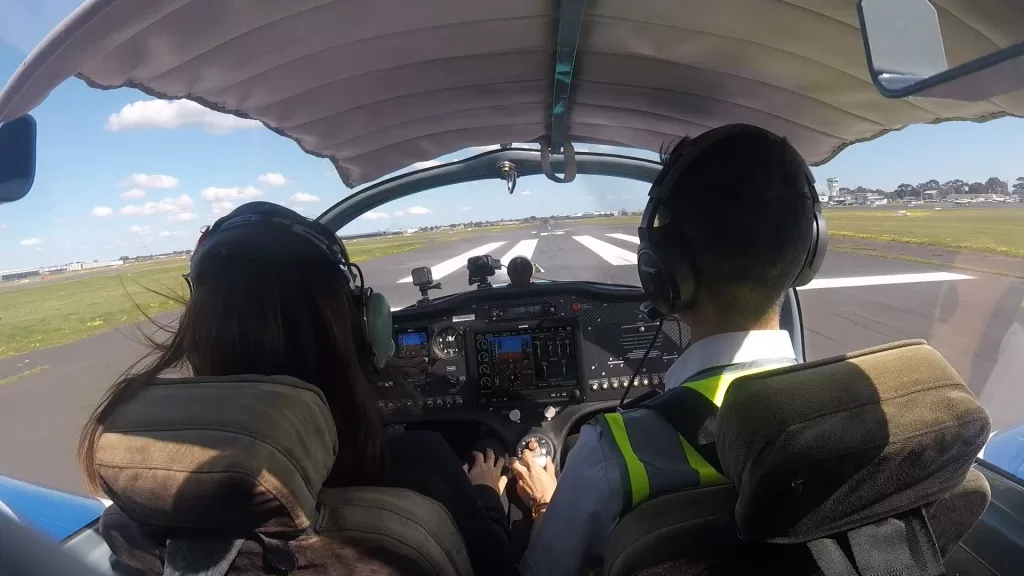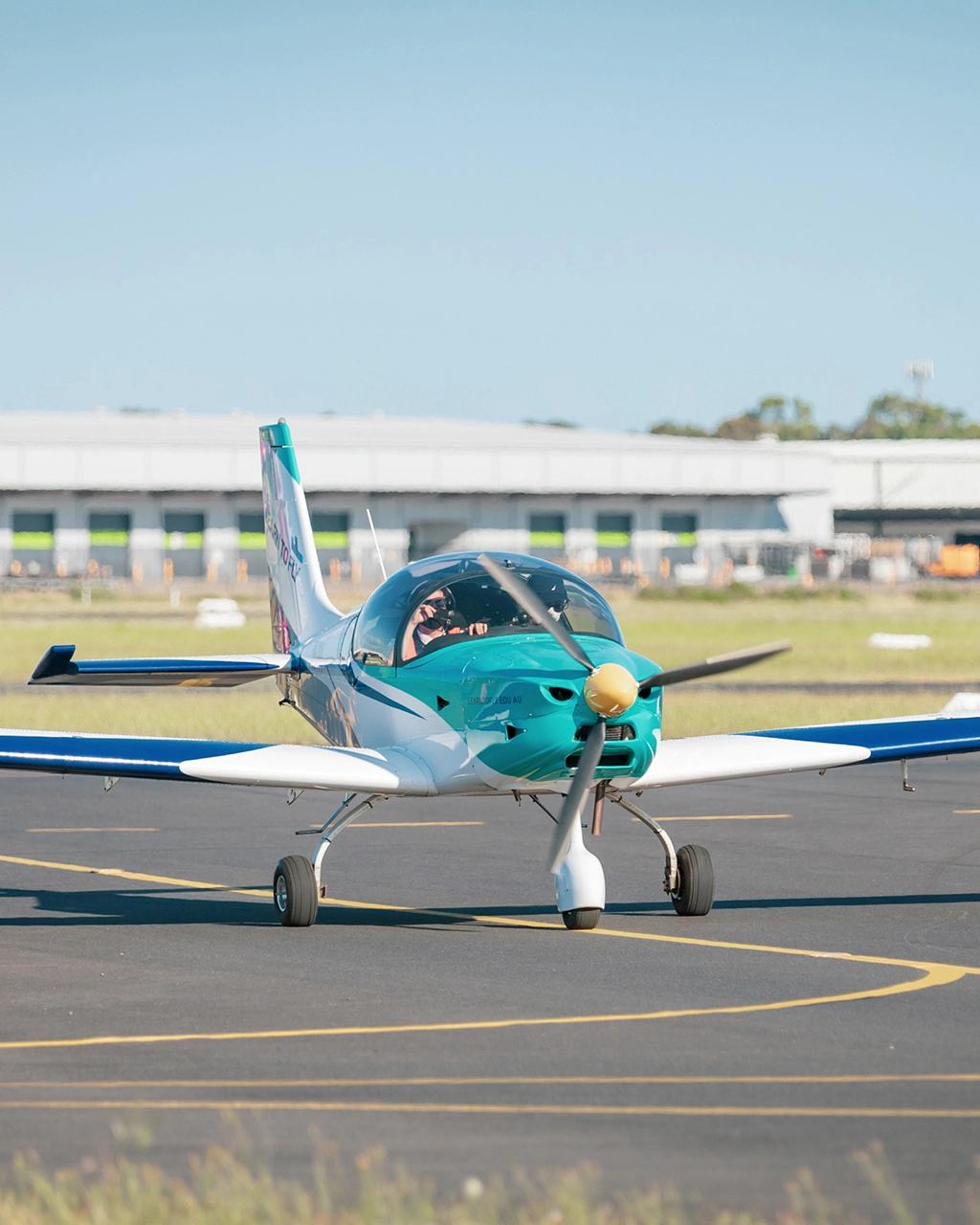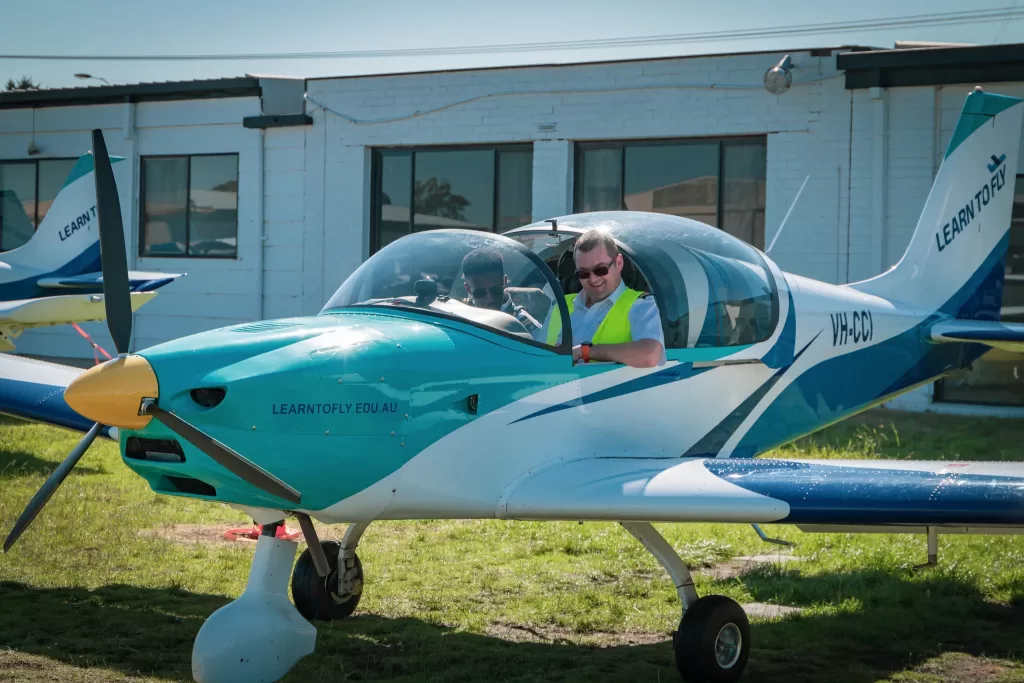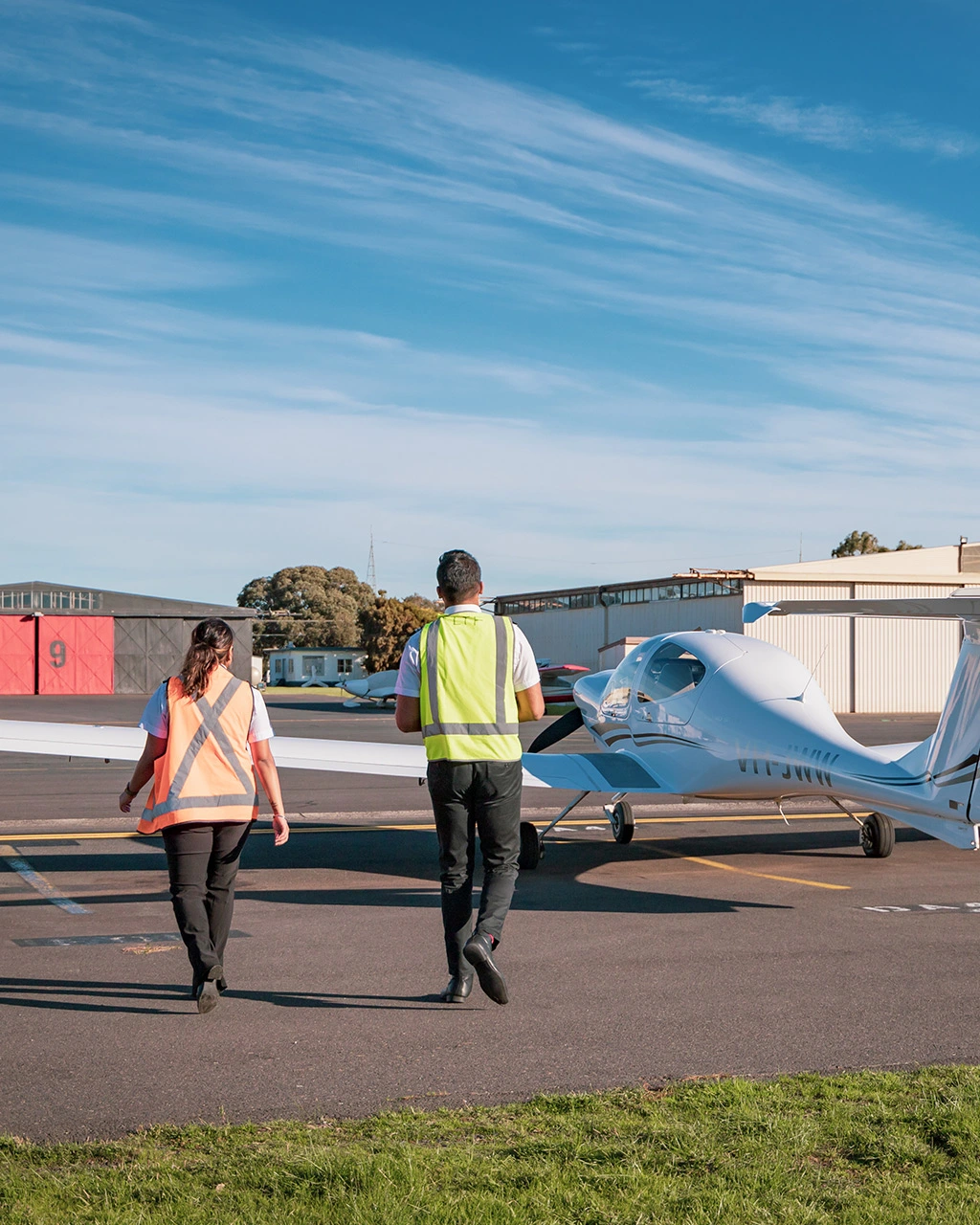The man who sent me on my first solo flight in Hong Kong is full of wisdom and has a sense of humour in the cockpit. He shared a flying experience involving a forced landing in a Cessna 152 with me. I want to share this story with you now as a case study along with tips that will guide you on how to execute a forced landing.
This is his story:
Tolo Harbour, Hong Kong, Approximately 2,800 Feet
On the 26th of February, like any other Sunday, I was sitting in the flight operation office in Hong Kong. Little did I know, out there in the Tolo Harbour, a Cessna 152 was about to be at the centre of a whirlwind adventure involving a forced landing.
At the time, we were doing some pre-examination exercises for students, and we had just turned around towards the Shek Kong Airfield. The engine suddenly ran rough, so I pulled the carb heat out and went full throttle, but it did not change the situation.
I was thinking, “Is this my lucky day? Alternatively, a bad day?”. But really, you don’t have time to think or even pray.
Decision Time
A decision had to be made in around 10 seconds. I had 3 options.
1. Go back to Shek Kong, but in that case, I would fly over Tai Po and many buildings.
2. Fly over to the dam wall (of the Plover Cove Reservoir), but it was 11.30am on a Sunday which means many people were there.
3. Fly towards Three Fathoms Cove.
I thought of those three options and discarded the first two options as they were too populated. Either way, today was the day for learning how to execute a forced landing.
Altitude
When you are at that height you will have less than two minutes before ground impact. I was thinking, “if I drag on too much or if I drag on too long, I wouldn’t have the altitude to execute my approach.”
At this point, I still didn’t want to believe that I had to do a forced landing, and I always wanted to revive the engine and glide back into the airfield. I asked ATC for approval to climb above the vertical limit, and they said, “Sure, no problem.”
The Engine Will Not Revive Itself. Decision Time Again.
You can’t spend too much time hoping to recover the engine. Run your checklists and if it isn’t working, make the decision to execute a forced landing.
The rule of the thumb here is to get a plan and stick with it. If you keep switching plans and your aircraft keeps descending, you will eventually limit your options for the forced landing too much, which is more likely to have serious consequences.
Forced Landing: Into The Trees On The Golf Course!
So how did I manage to land in the trees of the golf course without injuries? And moreover, why did I choose the trees?
I was trained to approach a field with an escape route to overshoot and go around in case something miraculously happens to the engine. The most important thing is that you have a technique to slow down. I can do S-turns to bleed off the height and shorten the landing distance, and side-slipping helps as well.
I was at 70 knots, nowhere near 60, and I was out of options at the time. If I dived the aircraft into the golf course, I would gather up speed, which may result in a tumble and getting wet. I spotted a relatively flat spot in the trees. I went for it. With full flaps, I hit the trees at around 45 knots, close to the minimum controllable airspeed.
Intentionally, I aimed between two branches so the wings would hopefully lessen the impact. And it did. The left-wing was broken off, but we walked away unhurt.
Head to Part 2 of this case study to see the lessons learnt and gain some tips on how to execute a forced landing. Thanks to LTF student pilot Howard Lau for contributing this case study on how to execute a forced landing.
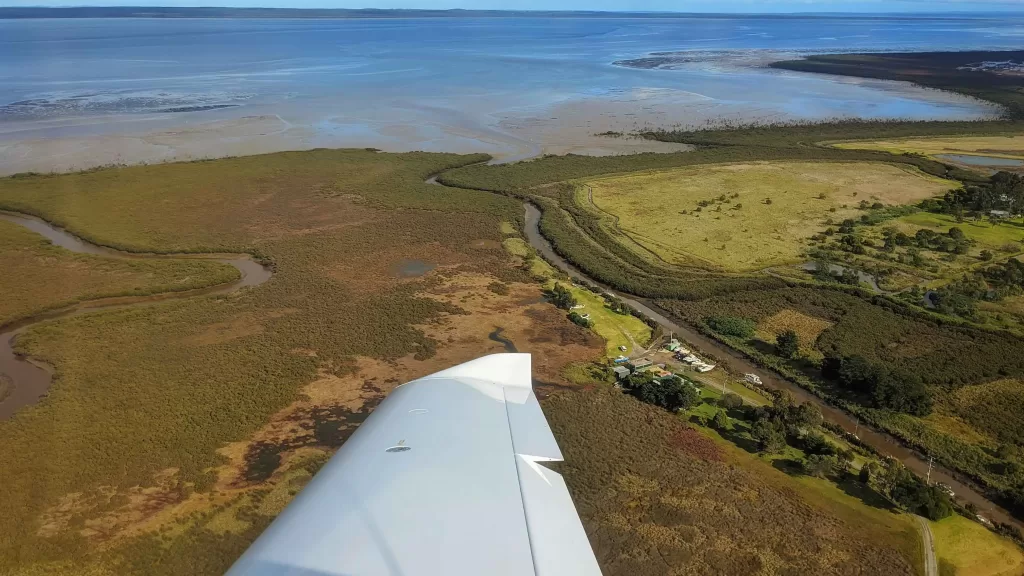
For information on our flying courses, email hello@learntofly.com.hk/en or go to https://drift.me/learntofly/meeting to book a meeting and school tour. You can also get more handy flying tips by clicking below and subscribing to our YouTube channel!









